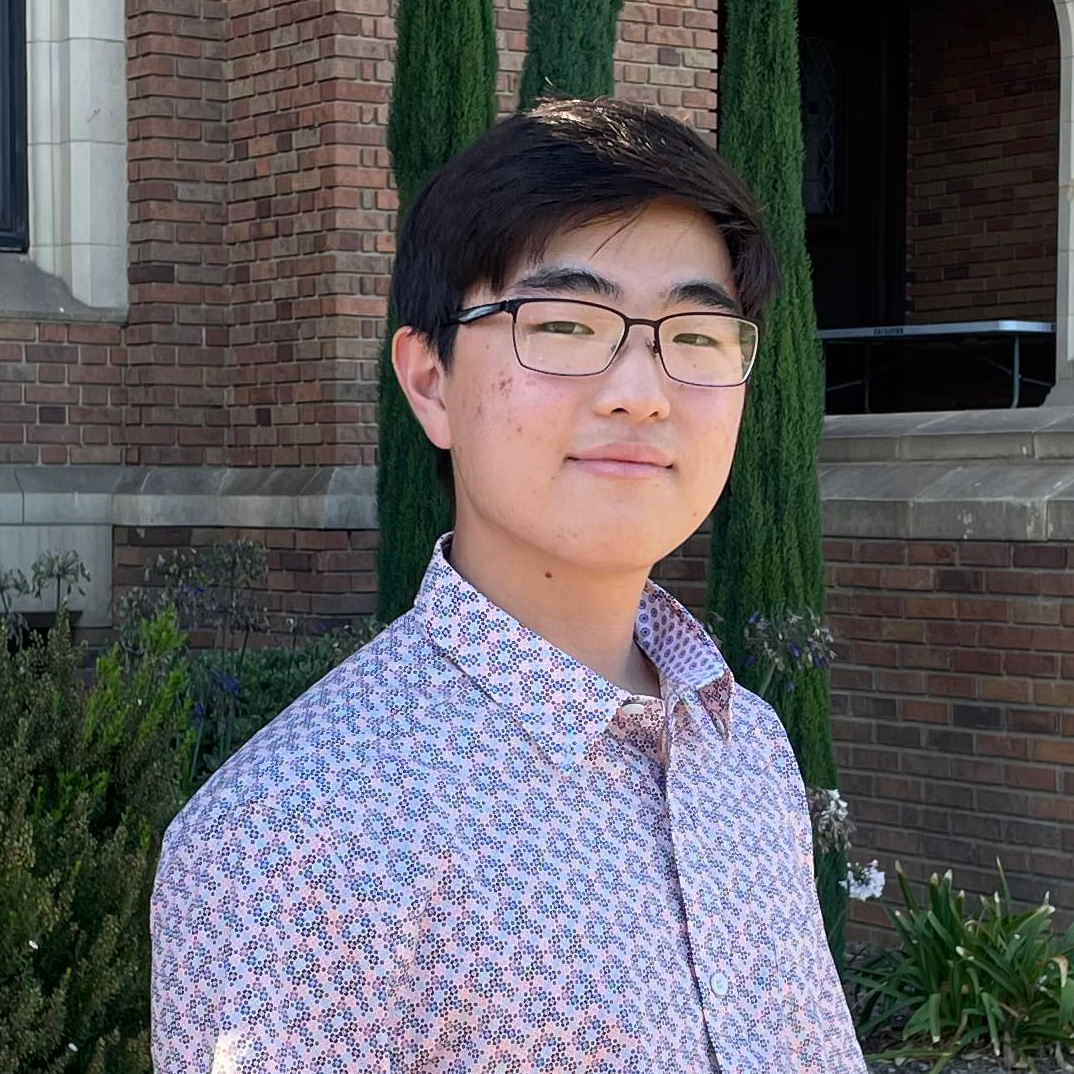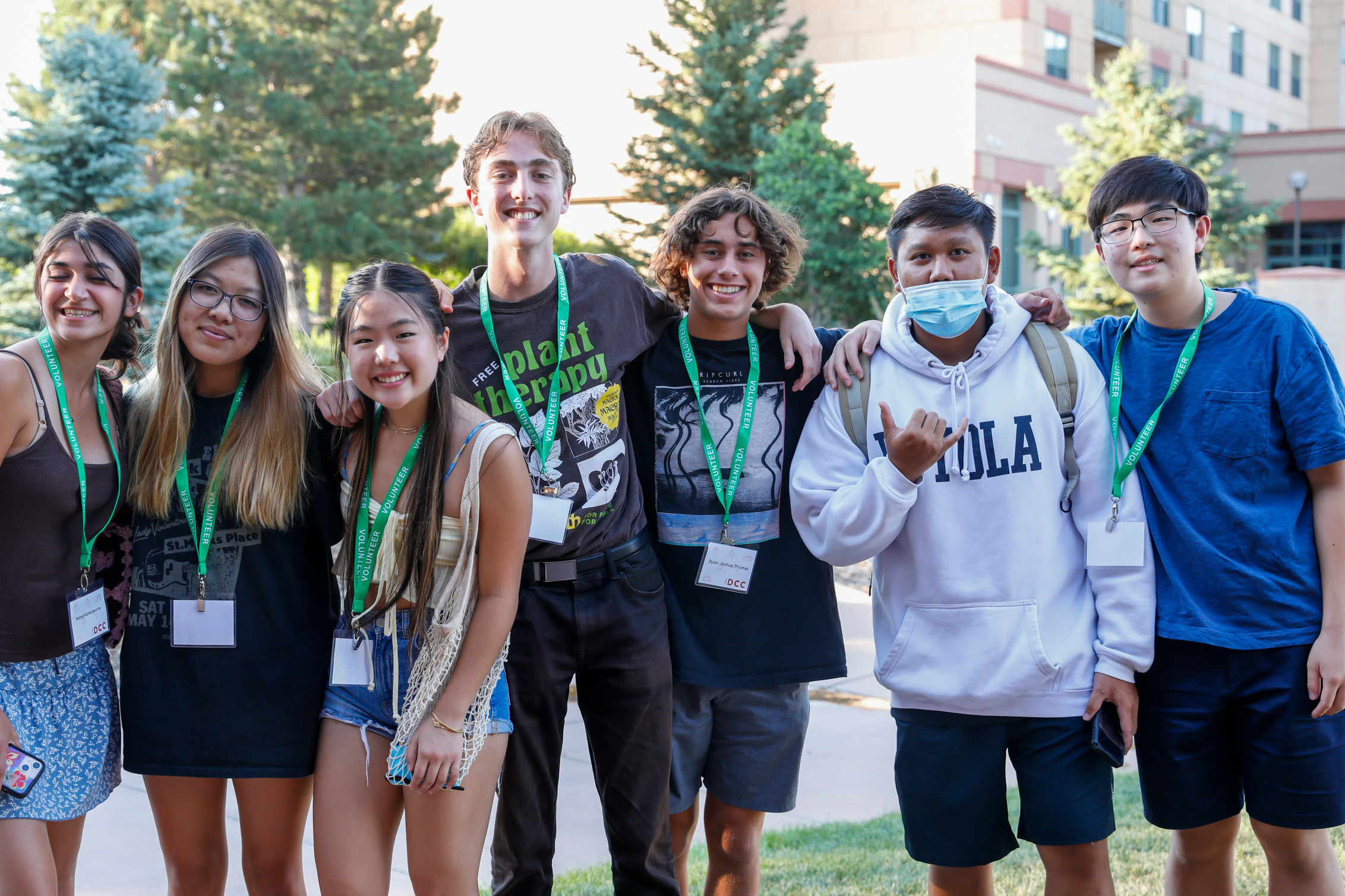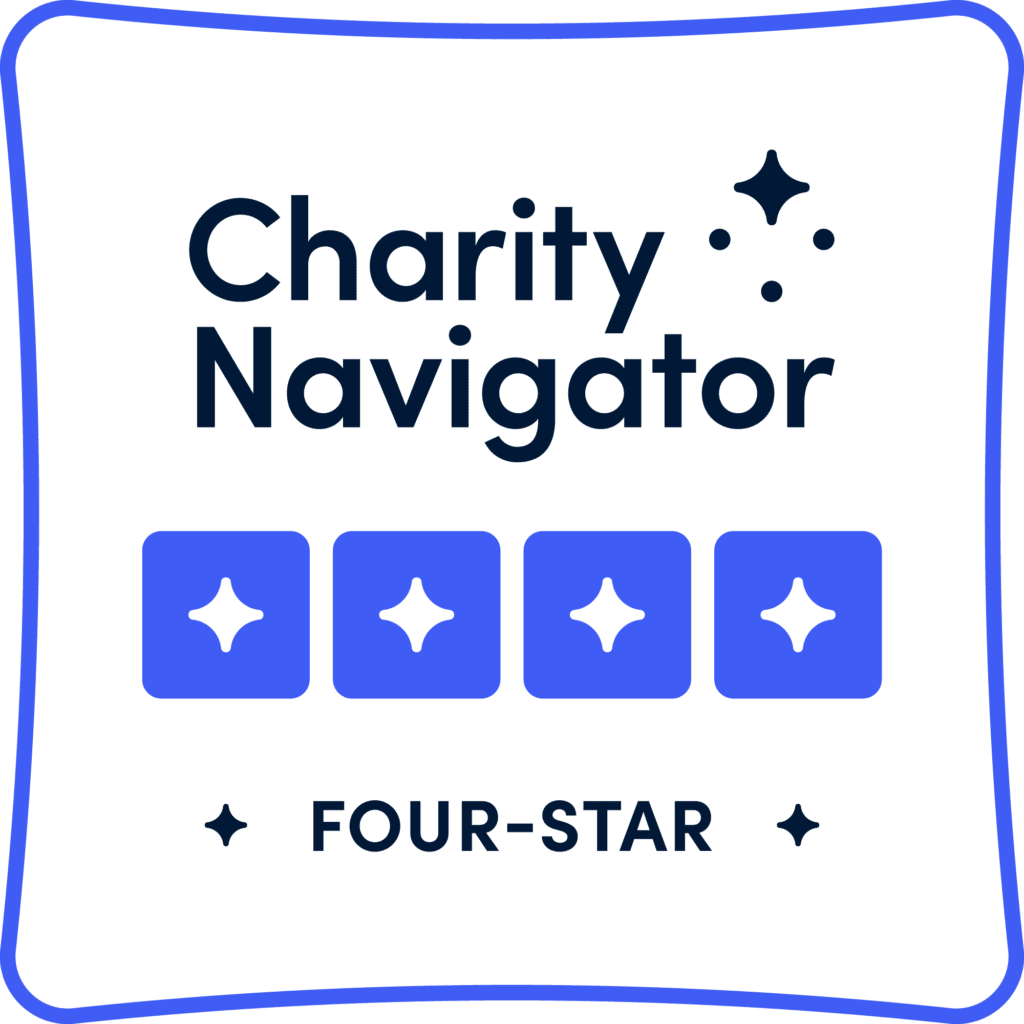
Although my mother has EB Simplex, she had thought that none of her children would be diagnosed with it. However, when I turned one and began to crawl, they noticed blisters forming on my kneecap, toes, and feet. My mother wanted to confirm that I had EB and took me to an EB Specialist at the University of Southern California Hospital. A dermatologist there confirmed that I had EB Simplex from a gene test.
Growing up, there was a lot of pressure to participate in sports. Before I entered my teen years, my EB was manageable and I was able to participate in Basketball. However, as I began to enter my teen years, my blisters grew worse. After running for just 20 minutes, I developed large blisters that prevented me from playing for the next few days and force me to limp for the next few days. Going to school was also difficult for me as I had to explain what EB was. My EB is mostly localized on my feet so I was unable to show my teachers what EB looked like and how severe it could be. They were not able to relate to the pain and often underestimated the severity of EB. I was always the odd one out because I was unable to participate in Physical Education. On hot days, I would limp to the extent where I would have to lean on a friend or a railing. However, I was able to deal with these problems because of the friends that I surrounded myself with. They were very understanding of my disability and helped to carry my backpack and kept me company on school trips when I had to sit out.
For me, my hope comes from being inspired by others. I look up to other teens that deal with EB. I have met many teens that have harsher forms of EB at Camp Wonder, an annual summer camp that invites children with skin diseases. Before attending the Camp, I had always imagined that I was the only person with EB. However, while attending the camp, I met many teens and adults that have EB and was mind–blown at the different experiences. We were all able to relate to the unique stories we all shared. I feel that those who have harsher forms of EB are mentally stronger as they have gone through events far more difficult than mine and have overcome many more barriers in their lives.
Because I was unable to participate in sports, I searched for other activities that I really enjoyed. I found that I had a passion for public speaking and decided to join the Speech and Debate team at my school. It is awesome to be able to voice my opinion on controversial issues.
I vividly remember watching an orchestra and being awed by the music at the age of four. After I turned five, I was given my first violin and began lessons. Violin has given me another voice allowing me to express my emotions in a way that I can’t with talking. However, as I began to practice more, it became apparent that EB would limit the amount of time that I would be able to play the violin. Violin uses the pressing down motion of your finger on the string to create different pitches. As an EB patient, the pressure that was put on my fingers created blisters preventing me from practicing and playing to my heart’s desire. I try not to overdo my violin playing, although I still do receive blisters and am still searching for a solution.
For now, my short-term goals are to adjust well to online schooling for the next year. I want to be able to achieve as much as possible at school although in the online setting. However, in the future, I want to in some way be able to contribute to finding a cure for EB. I am currently very interested in science and want to be able to study EB and hopefully develop treatments for it.

I want to tell other teens living with EB that each of us is truly special. We should not be ashamed of our condition and know that we are mentally stronger than others. We each have our own passions and nothing should stop us from pursuing them.
I would like for teens who don’t live with EB to be more accepting and to help those who need it.



